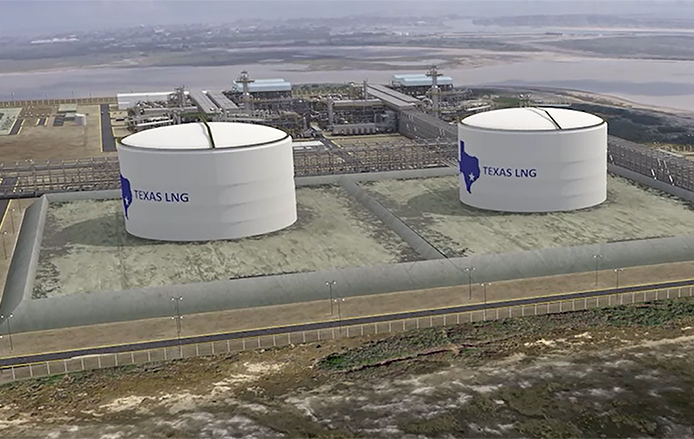Project Overview

Texas LNG plans to be a critical driver of the global decarbonization movement and help increase energy security through the delivery of efficient, clean, and affordable LNG. The facility is built on a 625-acre site with access to the prolific low-cost Permian basin and Eagle Ford gas reserves, designed to produce 4 MTPA of LNG for export to global markets.
Texas LNG is developing the project site on the Port of Brownsville’s north shore, which offers access to a deep-water ship channel only one hour’s voyage from the Gulf of Mexico. The port is also situated close to the Panama Canal, providing easy access to global shipping lanes that will help Texas LNG service customers efficiently and reliably.
Texas LNG’s liquefaction process will eliminate most CO2 emissions by using electric motor compression driven by renewable power. The facility’s emission levels are expected to be less than half of the typical U.S. LNG export project and the gold standard of green LNG design.